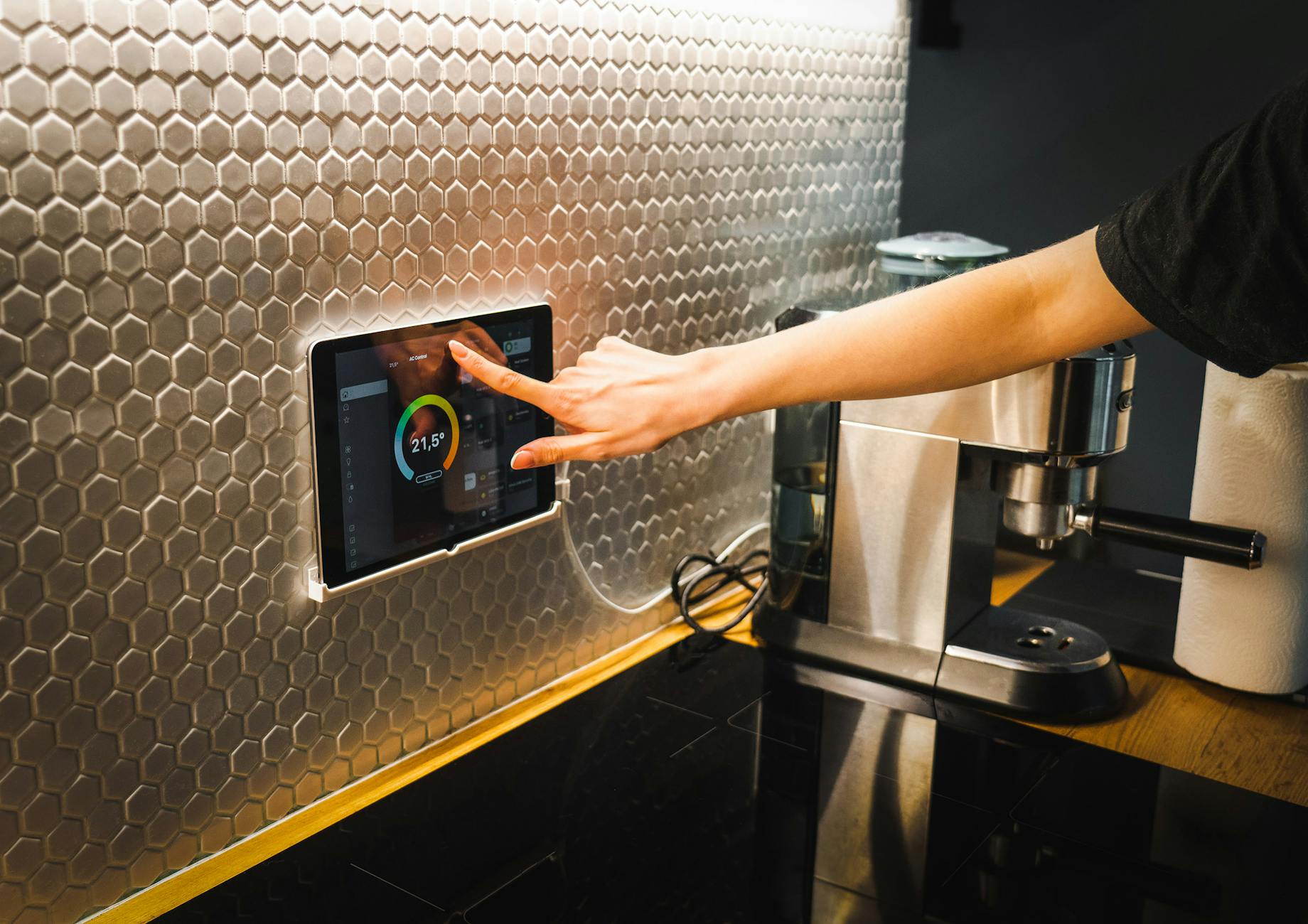Blog
Top 10 Smart Home Automation Technologies for 2025

Introduction
Smart homes are no longer a futuristic dream but an everyday reality. Homeowners want seamless integration, increased security, and energy efficiency as technology advances quickly. In this post, we explore the top ten smart home automation technologies you need to know in 2025, helping you plan an intelligent, future‑proof home.
1. AI‑Driven Climate Control
Gone are the days of manually setting thermostats. Now, AI systems learn your routines, adjust heating and cooling proactively, and even factor in local weather forecasts to optimise comfort and energy use. Brands such as Nest and Ecobee lead the market, but enterprise‑grade solutions are emerging from electrical engineering innovators.
2. Voice‑Activated Home Hubs
Voice assistants remain central to home automation. The latest hubs from Amazon, Google, and Apple offer multi‑room audio, intercom features, and full control over third‑party devices. Integration with local language dialects is improving—key for the Nigerian market.
3. Intelligent Lighting Systems
LED lighting has matured into fully networked systems that adjust colour temperature, dim levels, and patterns according to time of day or activity. Philips Hue and Lutron Caséta dominate, but open‑source platforms such as Home Assistant are gaining traction among tech enthusiasts and professional installers alike.
4. Automated Security & Surveillance
Smart locks, doorbell cameras, and motion sensors now incorporate facial recognition and cloud‑based AI analytics. These systems not only send real‑time alerts but also learn to distinguish between residents, guests, and potential intruders, reducing false alarms and enhancing peace of mind.
5. Integrated Energy Management
With rising energy costs, home energy dashboards that consolidate solar‑PV output, battery storage, and grid usage are vital. Companies now offer turnkey solutions that automatically shift heavy loads (e.g., EV charging, HVAC) to off‑peak hours, cutting bills and carbon footprints.
6. Smart Kitchen Appliances
From refrigerators that track expiry dates to ovens you can preheat via smartphone, the kitchen is going digital. IoT‑enabled appliances sync with meal‑planning apps, grocery deliveries, and even nutritional data to streamline culinary routines.
7. Home Health Monitoring
Wearable and non‑wearable sensors now extend into the home environment—tracking sleep quality, air quality, heart rate, and fall detection. These systems offer elderly or vulnerable residents an extra layer of safety, feeding data to carers or medical professionals as needed.
8. Automated Window Treatments
Motorised blinds and curtains can now synchronise with sun-positioning apps to optimise natural light, reduce heat gain, and safeguard privacy. Integration with climate control systems further enhances comfort and energy efficiency.
9. Voice‑Enabled Entertainment Systems
Beyond simple streaming, next‑gen AV receivers, smart projectors, and spatial‑audio speakers create immersive experiences. Voice commands can cue scenes, dim lights, close blinds, and launch playlists—perfect for home cinemas or multi‑room parties.
10. Predictive Maintenance for Home Systems
Borrowing from industrial IoT, predictive‑maintenance platforms are now available for home water pumps, HVAC units, and generators. By analysing vibration, temperature, and run-time data, these solutions alert homeowners to issues before they escalate into costly breakdowns.
Conclusion
2025’s smart home landscape is defined by AI, seamless integration, and energy‑centric design. Whether you’re a homeowner seeking comfort or a developer building smart systems, understanding these ten technologies is your roadmap to an intelligent home of tomorrow.








